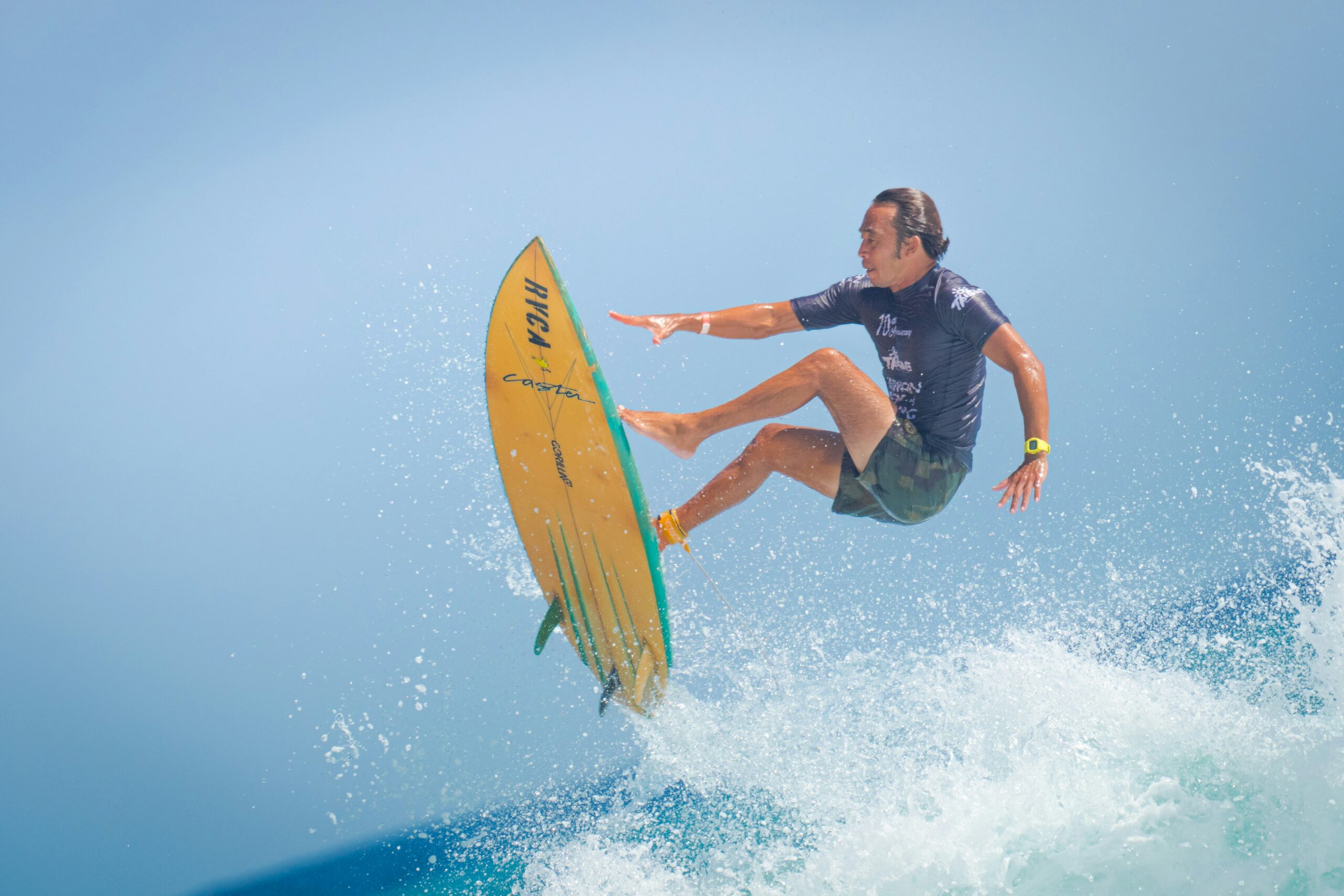
Surfing is one of the most exhilarating ways to connect with the ocean, combining physical skill, balance, and an intimate understanding of natural forces. However, the sport also carries inherent risks. From strong currents and waves to marine life and equipment hazards, surfers must take precautions to ensure their safety. Understanding these risks, adopting preventive measures, and following proper etiquette can make surfing both enjoyable and safe. This guide explores key strategies for staying safe while surfing, whether you are a beginner or an experienced wave rider.
Understanding Ocean Conditions
The first step in surfing safely is understanding the ocean environment. Waves, tides, and currents all play significant roles in shaping surf conditions. Strong rip currents, for instance, can pull surfers away from shore quickly. Recognizing the signs of rip currents—such as a channel of churning water or foam moving seaward—can help surfers avoid dangerous situations.
Tides also influence wave behavior and surf safety. High tides may submerge rocks or reefs, creating hazards, while low tides can expose these obstacles. Checking tide charts before a session helps surfers anticipate these changes and select the safest conditions. By learning to read the ocean, surfers gain situational awareness and reduce the risk of accidents.
Choosing the Right Surf Spot
Selecting an appropriate surf spot is crucial for safety. Beginners should opt for beaches with gentle, consistent waves, sandy bottoms, and minimal obstacles. Intermediate and advanced surfers may seek more challenging breaks, but understanding local hazards—such as rocks, reefs, and strong currents—is essential.
Local surf knowledge is invaluable. Speaking with lifeguards, instructors, or experienced surfers provides insights into hidden dangers, peak wave times, and safe entry and exit points. Avoiding overcrowded areas is also wise, as collisions with other surfers are a common source of injury. A well-chosen surf spot tailored to your skill level significantly enhances safety.
Proper Surfing Equipment
Using the right equipment is another cornerstone of surfing safely. Surfboards should match a surfer’s skill level, weight, and preferred wave type. Beginners often benefit from larger, more stable boards, which provide better balance and reduce the likelihood of falls.
Wearing a leash is essential, keeping the board attached to the surfer and preventing it from becoming a hazard to others. Wetsuits provide thermal protection, buoyancy, and some impact resistance. Helmets, impact vests, and reef booties may also be recommended in areas with rocky or coral-laden surf zones. Regularly inspecting and maintaining equipment ensures it performs reliably and reduces the chance of injury.
Surfing Etiquette and Awareness
Proper etiquette is an essential aspect of safety in surfing. Respecting right-of-way rules, avoiding cutting in on another surfer’s wave, and maintaining awareness of nearby surfers prevent collisions and foster a safer environment.
Maintaining visual awareness while paddling, waiting for waves, and riding ensures that surfers can respond to unexpected changes in conditions or the actions of others. Situational awareness extends to spotting potential hazards such as marine animals, floating debris, and changing wave patterns. Following etiquette and staying alert minimizes risk and enhances the overall surfing experience.
Physical Preparation and Fitness
Surfing demands strength, balance, and endurance. Physical preparation reduces the likelihood of injury and increases a surfer’s ability to handle challenging conditions. Cardiovascular fitness supports paddling, while core strength enhances balance on the board. Flexibility and mobility reduce strain during maneuvers and falls.
Warm-up routines before entering the water are recommended to loosen muscles and prevent cramping. Practicing breath control and swimming skills also prepares surfers to handle wipeouts or unexpected currents. A well-prepared body not only improves performance but also significantly enhances safety.
Environmental Awareness
Being aware of the natural environment is crucial for surfing safety. Weather conditions, such as wind, storms, and lightning, can affect wave quality and increase risks. Surfers should avoid entering the water during storms or when lightning is present.
Understanding local marine life is also essential. Some areas may have jellyfish, stingrays, or sharks. Knowledge of how to avoid encounters, treat stings, or respond to rare emergencies can prevent injuries.
Respecting the environment and recognizing its potential hazards ensures that surfing remains a safe and enjoyable activity.
Emergency Preparedness
Even with careful planning, emergencies can happen. Surfers should be prepared with basic safety knowledge, including CPR, first aid, and how to signal for help. Knowing how to exit a rip current safely—swimming parallel to shore rather than directly against it—can prevent panic and exhaustion.
Surfing with a buddy, especially in unfamiliar or challenging conditions, increases safety. Lifeguard presence should always be considered, and carrying a whistle or signaling device can be helpful in emergencies. Being prepared mentally and physically allows surfers to respond effectively to unexpected situations.
Safety for Beginners and Children
For beginners and young surfers, extra precautions are essential. Lessons from certified instructors provide foundational skills, teach ocean awareness, and reinforce safety techniques. Smaller boards, calm waters, and shallow areas are ideal for learning.
Children should always surf under supervision and wear properly fitting safety gear. Educating young surfers on rules, etiquette, and ocean hazards instills habits that promote lifelong safety in the sport. Early emphasis on safe practices ensures confidence and reduces the likelihood of accidents.
Surfing Responsibly and Safely
Surfing is an exhilarating and rewarding sport, but it comes with inherent risks that must be respected. Understanding ocean conditions, choosing suitable surf spots, using proper equipment, practicing etiquette, maintaining physical fitness, and staying aware of the environment all contribute to safety.
By preparing for both predictable and unexpected hazards, surfers can enjoy the thrill of riding waves while minimizing risk. Whether a beginner or seasoned professional, prioritizing safety allows individuals to focus on skill, fun, and the unique connection with the ocean that makes surfing an unforgettable experience. Responsible surfing ensures that each session is not only exciting but also secure, setting the foundation for a lifelong passion for the waves.